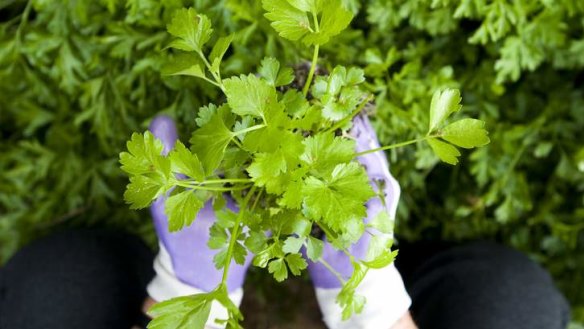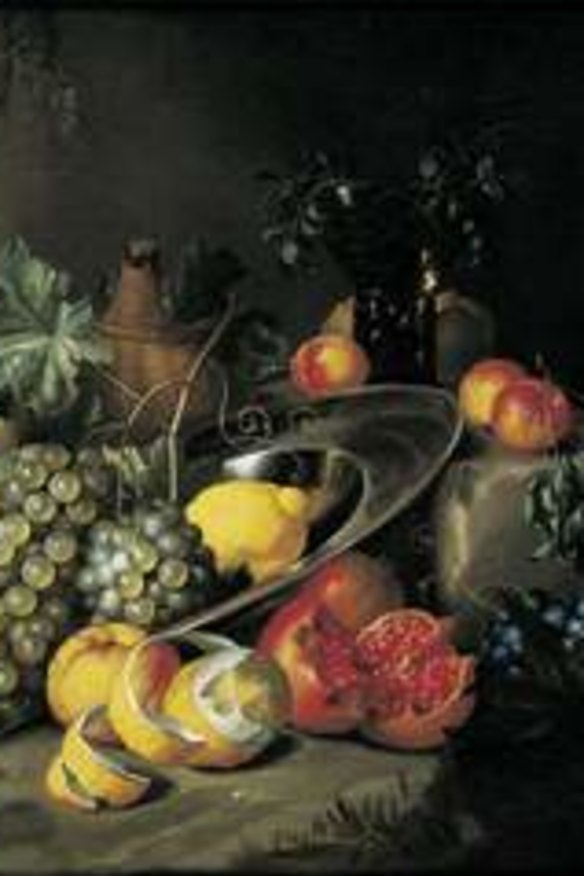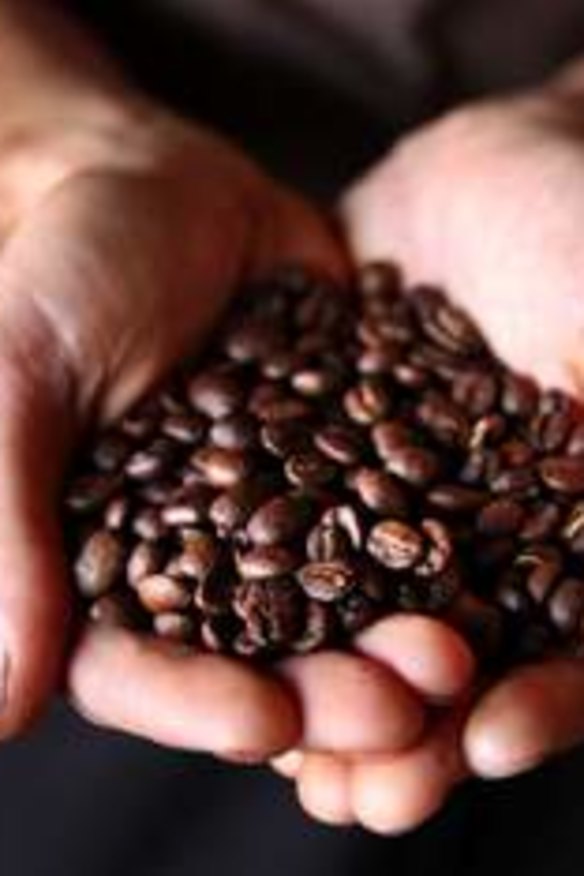Feast your eyes on Harvest exhibition

For Canberrans, especially mothers, craving a few winter days in balmy Brisbane, a feast of art on food will open at the Gallery of Modern Art on June 28. The 100 works in Harvest, curated by Ellie Buttrose, will include yam dreaming paintings by Emily Kame Kngwarreye, a showing of films including Babette's Feast, and a recipe-book-cum-exhibition catalogue including essays and recipes from Rene Redzepi of Noma and Peter Gilmore of Quay. One work, Rirkit Tirvanija's Untitled (lunch box), offers a fortnightly Thai lunch that four random visitors can sample.
However, it is a new wallpaper commission from California-based artists Fallen Fruit (David Burns and Austin Young) that may be most fascinating.
Fallen Fruit began when the duo started mapping the neighbourhood of Silver Lake in Los Angeles for food sources that had been planted. They went street to street, seeking public resources and cataloguing locations for urban foraging. No trespassing was allowed in their survey, but fruit that hung over fences was included.

The most commonly found produce was guava, walnuts, carobs and apples, but they also discovered avocados, pomegranates, lemons, grapes and cumquats. Do email me if you forage along the byways of the Canberra district. at: bodenparsons@bigpond.com
Buy a bag of beans
In March, the director of the Royal Botanic Gardens Melbourne, Professor Tim Entwisle, gave a ''full-house'' talk to plant enthusiasts at the Australian National Botanic Gardens. Born in country Victoria, the lively Entwisle is a phytologist, or someone who specialises in algae, and a seaweed has been named after him.

During a recent stint while living in the grounds of the Royal Botanic Gardens, Kew, where he was in charge of Living Collections, Entwisle kayaked on the Thames, even in mid-winter.
Coffee-addicted mothers and others at the theatrette were alert when Entwisle said that scientists working at London's Kew Gardens predict that by 2080, 99.7 per cent of the natural habitat for Arabica coffee will be unsuitable for its growth. By modelling the distribution of Coffea arabica today against the likely climate in 2080, they have shown that if global warming continues as predicted, this species might become extinct in its native Ethiopia.
Entwisle has since told me pests such as the coffee berry borer are likely to enjoy the new climate in East Africa, leading to further damage to the US$90 billion-a-year coffee industry.
It is important to maintain the genetic variety in wild populations by conserving them in nature, as well as in seed banks around the world. About 70 per cent of the coffee we drink is from Arabica beans.
See: talkingplants.blogspot.com.au
An artist-gardener from Queanbeyan told me during Easter that hairy brown caterpillars have been marching across her driveway and devouring her silverbeet and rhubarb. She has found that spraying the caterpillars with a strong jet of black coffee stops them in their tracks.
Parsleyed off
Recently I grabbed a punnet from a local nursery, thinking it was parsley, and I shared two of the cells with my neighbour, a keen cook. The four cells of baby seedlings planted in good soil in my garden started to grow with our recent rain then sunshine. I couldn't resist pinching off a few young sprigs to munch.
The taste was ''green'' but not like parsley, so I picked a sprig of the latter from another spot in the garden and it tasted like parsley. What had I planted?
A clever site online called A Piece of Cake compares the foliage and stem shapes of coriander, parsley and celery and, sure enough, it was celery, for which I am a first-time grower.
A reader from Weston Creek says her daughter grows Par-Cel (Apium graveolens var. secalinum) or ''Amsterdam'' variety. This herb has a flavour between parsley and celery, and can be added to soups, risotto or stews.
Rangeview Seeds in Derby, Tasmania, which stocks Par-Cel seeds, says it is extensively used in European gourmet cooking, is delicious in potato salad, and its hollow stems can be used as straws. In Canberra, spring sowings of Par-Cel seeds would be best.
>> Susan Parsons is a Canberra writer
Restaurant reviews, news and the hottest openings served to your inbox.
Sign up